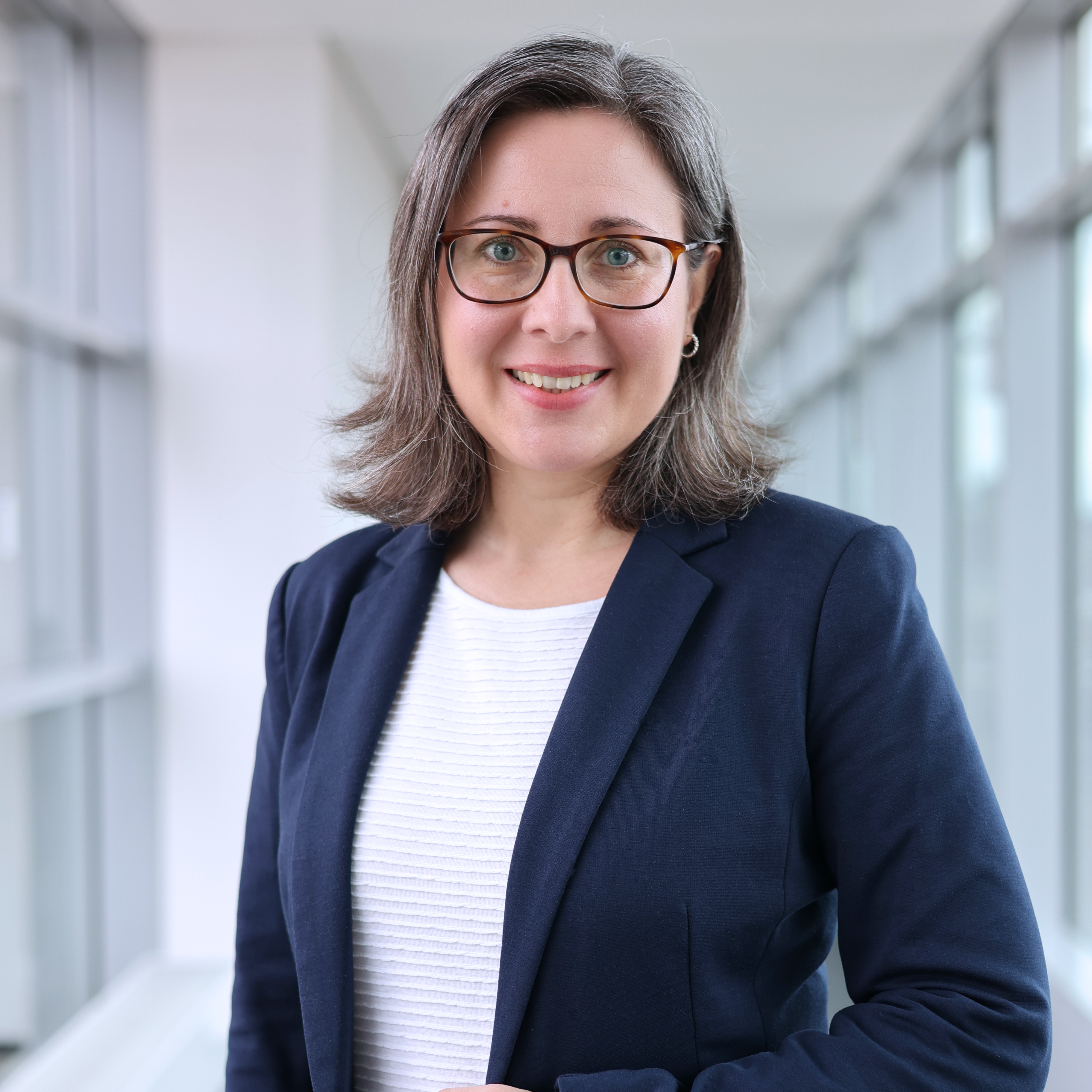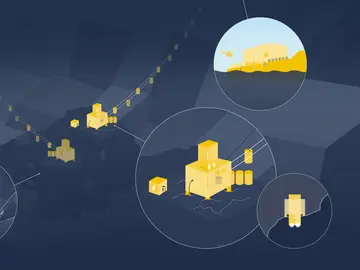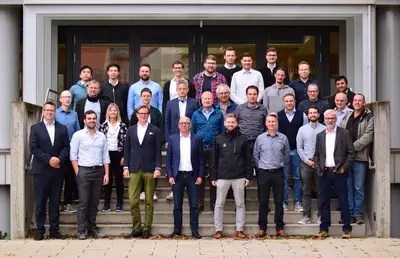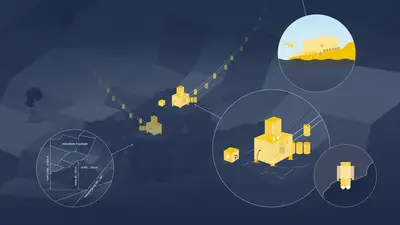Bauer’s deep-sea technology: Second phase of Deep Sea Sampling research program has begun
- Innovation project Deep Sea Sampling II kicked off in September
- Funded by the German Federal Ministry for Economic Affairs and Energy
- Holistic consideration of marine resources with regard to ecological and economic factors
Schrobenhausen, Germany – At the end of September, a top-class consortium of industry and research partners gathered at the headquarters of BAUER Maschinen GmbH to launch the second phase of the innovation project Deep Sea Sampling II (DSS II). The project’s goals are to develop and evaluate technological approaches for potential exploration of deep-sea mineral deposits, with a strong focus on environmental protection and minimizing the ecological footprint. The research project is funded by the Federal Ministry for Economic Affairs and Energy (BMWE).
Why the deep sea is drawing attention
In the coming decades, the increasing growth of populations and economies worldwide will lead to a growing need for raw materials. The circular economy and recycling alone will not be enough to meet this increasing demand. The global transformation towards a digital, electrified and decarbonized society also requires expanding the mining of strategically important minerals and metals. At the same time, the requirements for ecological and social standards are becoming stricter when it comes to the extraction of these raw materials. In this complex environment, it is essential to proactively and objectively evaluate technological options for the future. The DSS II project addresses this challenge by examining the potential of deep-sea minerals as an alternative source of raw materials.
Looking back: The “Vertical Approach” concept
During the preceding project Deep Sea Sampling I (2021-2024), the project partners explored the technical feasibility of a compact, electrified deep-sea cutter. The concept is based on Bauer’s diaphragm wall method. This ensures a closed-circuit process to prevent contamination from entering the environment as far as possible. Seawater and rock particles are separated on site right on the sea floor, and the treated flushing fluid is reintroduced back into the process. This eliminates the need for an energy-intensive pump system that reaches the surface of the sea.
Objectives for phase 2
By 2028, the second project phase which will focus on a holistic consideration of marine resources with regard to ecological and economic factors. For research purposes, more information and data about the geology and sea environment is needed.
Exploration: Development of a lightweight, compact deep-sea platform that can withstand pressures at a depth of 4,000 m and is able to extract rock samples selectively at multiple locations.
- Extraction: Preliminary investigation for a minimally invasive mining concept based on vertical cutter technology
The challenges
The pressure on the sea floor is up to 400 bar – equivalent to the weight of a small car concentrated over an area the size of a postage stamp. Equipment operating in these conditions needs to be both robust and highly precise. In addition, complete darkness, steep slopes, and the complex topography of deep-sea deposits pose further challenges.
Next steps
After launching the requirement and concept phase, an interdisciplinary team of geoscientists, maritime experts, and engineers is now working strategically to develop forward-looking solutions. “Raw materials such as copper are essential for the energy transformation and digitalization. Deep Sea Sampling II aims to identify ways of extracting these metals with minimal impact on the natural environment,” remarks project coordinator Dr. Matthias Semel from BAUER Maschinen GmbH.
Press Images
Download
Your Contact

Specialized press Equipment, regional press, HR press


